Nastasja Saerens lenses The Lost Children
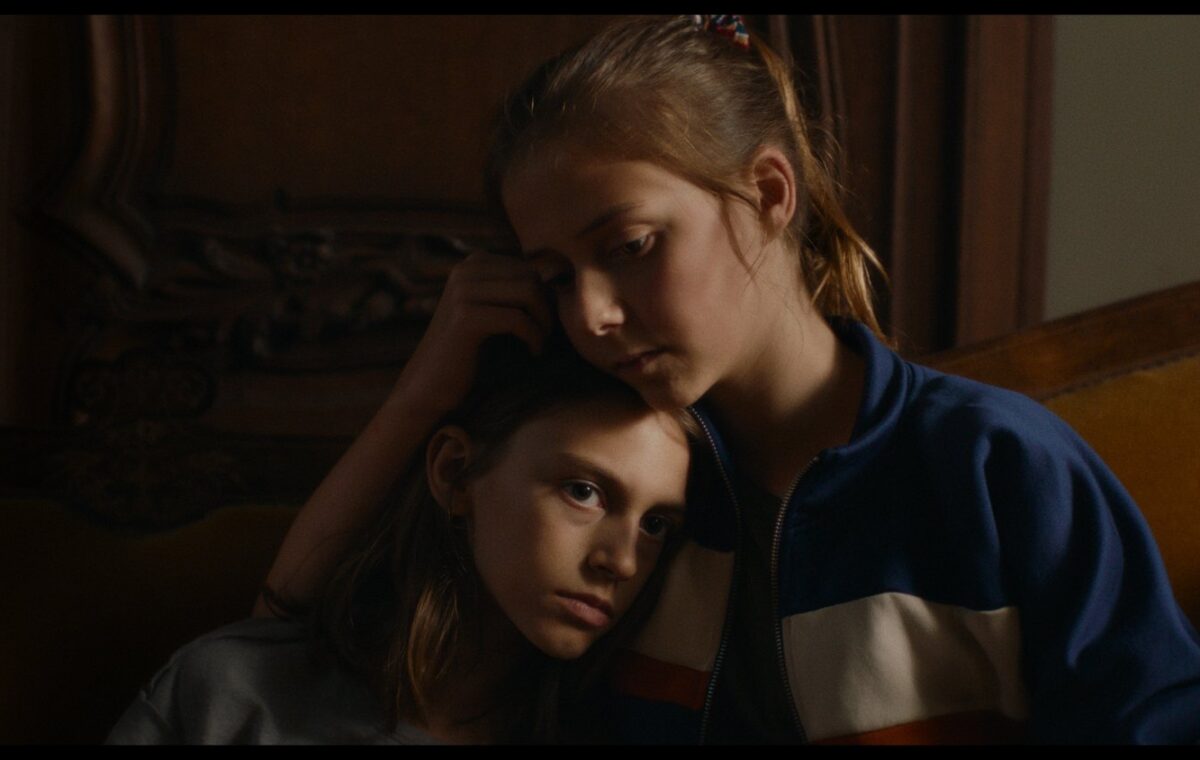
After the unexpected disappearance of their father, Audrey and her three siblings are abandoned in an old country house. Beautifully captured by DP Nastasja Saerens, The Lost Children sees Saerens reunite with director Michèle Jacob.
Nastasja Saerens studied at l’Institut des Arts de Diffusion in Louvain-la-Neuve, Belgium, where she did a cinematography degree for four years. She then began working as a camera assistant and electrician on big productions. “I also did a scriptwriting master’s degree at the beginning of my career as an assistant. After six years I began to be called for documentaries and short movies. Then I had enough projects as a cinematographer!” says Saerens.
Saerens previously worked with director Michèle Jacob on a music video and the short film July 96. “I shot this music video maybe 6 years ago. This shoot was our first collaboration,” adds Saerens. “This project was a good way to meet each other. We had two days working with some children; Michèle was directing them, and I was free with the camera. Gradually, we realised we had the same way to feel the framing. We also tried to capture a palette of different atmospheres you can feel in summer, from daylightto sunset. We shot a big sequence during the sunset for the music video. Maybe two years after this shooting, we worked again on a short movie called July 96. We tried to go further on this short movie and we still tried to push some aspects of the image we found together on this feature film, The Lost children.”
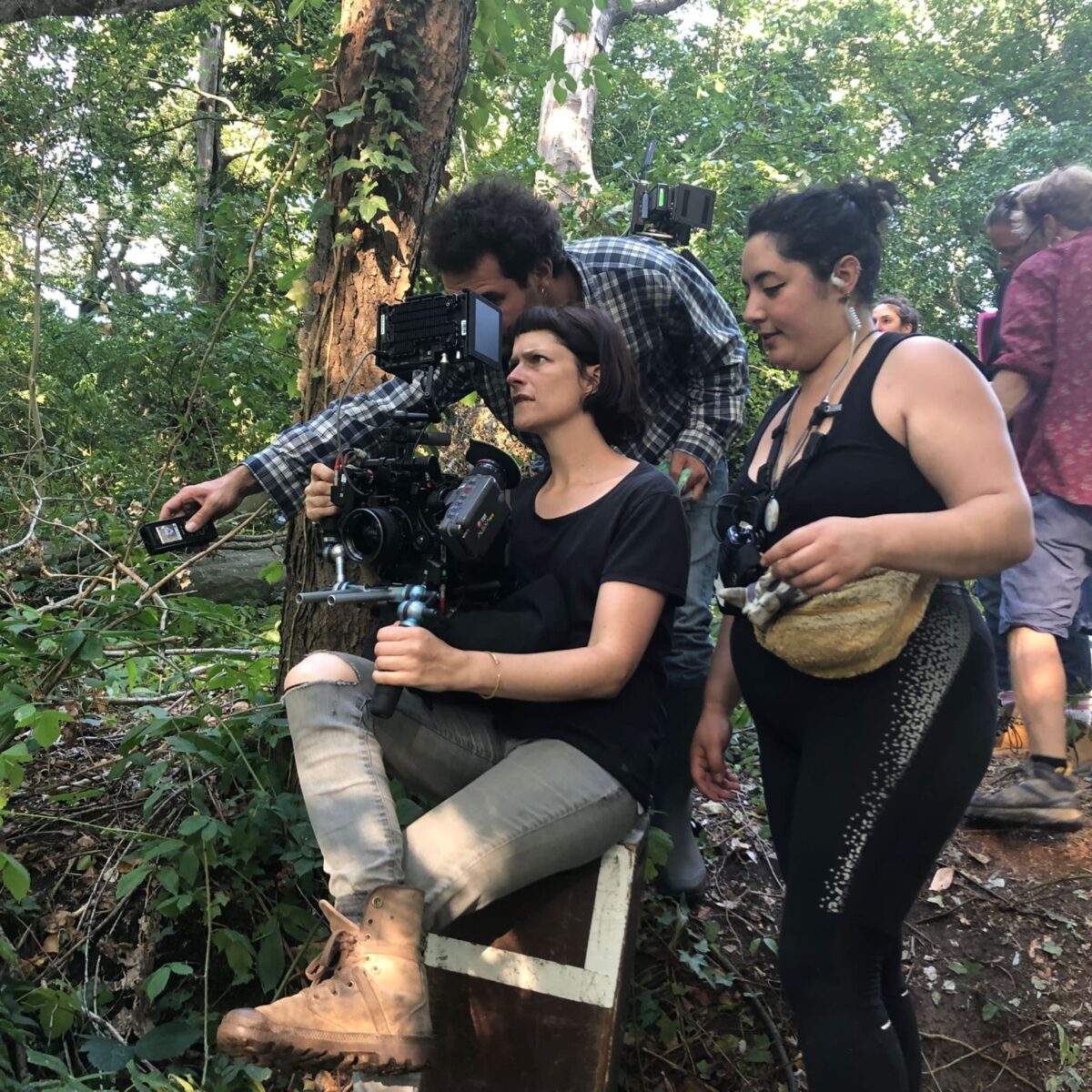
When it came to her initial conversations with Jacob about the look of The Lost Children, the first thing was about how to translate Audrey’s fears. “We spoke for a long time about the border through reality and imagination,” says Saerens. “We wanted to blur this border between reality and imagination to capture the scary feeling that children can have in the dark. Most of the decisions were made according to this intention. In July 96we already found that dusk atmosphere was a great way to blur reality perception. A kind of gate to enter the character’s scary feelings through progressive darkness. The specificity in The Lost Children was to find a good way to build the monster’s presence. We wanted it subtly emerging from the darkness. The space dedicated to darkness in the images was very important and we spoke a lot about it. It was the main way to enter in Audrey’s mind and fears.”
“We choose the same lenses we had for July 96 – the Zeiss Super Speeds T1.3,” adds Saerens. “I shot some sequences wide open, specifically her nightmares. Even if it was challenging for the focus and for Benjamin Vincent, the first camera assistant, I liked the blurriness they offer, as it completely participates to enter to her perception and fears. It was also interesting to frame the monster during the sunset wide open; it became a part of the decor and it was scarier. As we shot outside night sequences during sunset, this aperture helped me a lot to capture the last moments of brightness.”
“We also really liked how those lenses bring contrast and details on the children’s faces. The Zeiss superspeed gave children’s faces more maturity than with other softer lenses. That’s why we also choose them for July 96”.

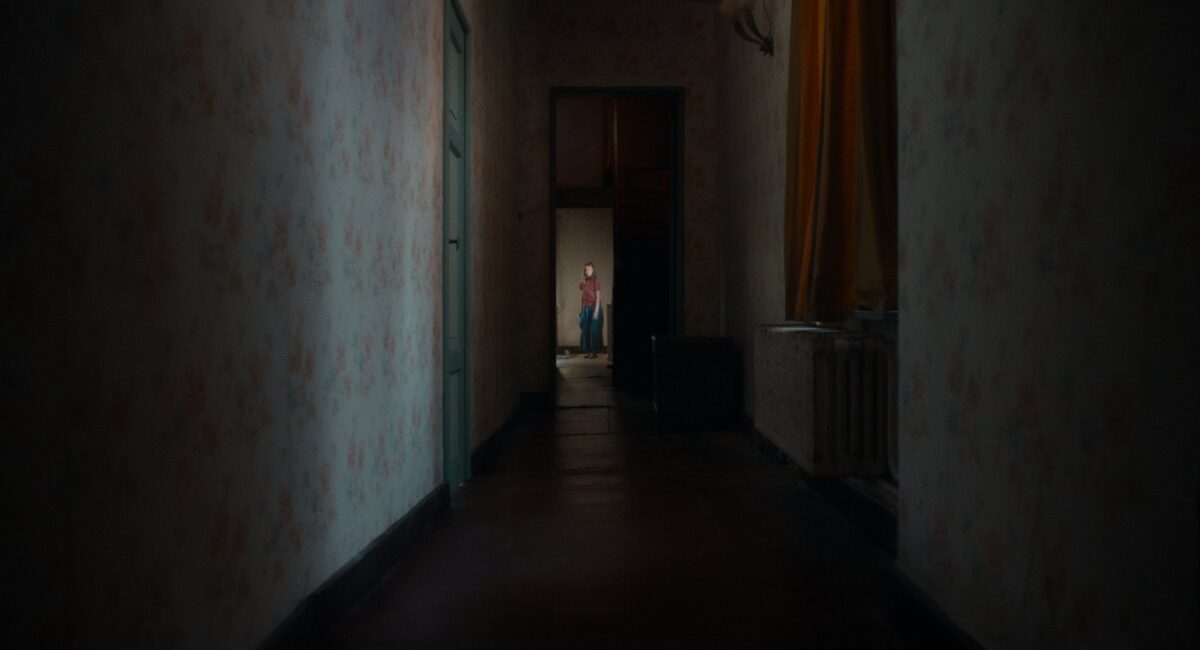
“With the crew, we had many conversations around the budget as it was quite a small one,” Saerens continues. “We had to build this monster correctly and shoot all the dark sequences in daylight. Michèle and I wanted the movie to look not too obviously as a horror movie. That’s why we wanted to have a lot of sunny sequences and be in the child’s summer feeling also. We spoke a lot about these elements with Julien de Keukeleire, the gaffer, as well as the whole universe in general. That was the main shooting process of the movie.”
In terms of references, Saerens notes that Jacob had plenty of references for the film. “It was mostly Miyazaki’s movies and their monsters,” explains Saerens. “We searched a lot about the monster’s costume and we did a lot of tests to get this special feeling of fear. We also spoke about Apichatpong Weerasethakul’s 2010 film Uncle Boonmee Who Can Recall His Past Lives. This movie was a great way to think about the presence of darkness and how to embody the monster in the forest. This was a very important reference. Of course, our relationship and what we already shot together helped a lot. We used the Alexa Mini and that worked perfectly for the sunset sequences, and to be flexible with the children.”
When it came to preparing for the burrow sequences and the parallel universe depicted in the film, Saerens and Jacob had Jonathan Glazer’s 2013 film Under the Skin in mind. “We wanted her to be in complete darkness. In the movie, all the night sequences inside were thought to barely see something, but in this parallel world she’s completely in darkness; there is nothing to see and seek anymore, everything around her is black. We wanted her to be very disoriented also. The goal of the sequence was to emulate her in this big window, to make the movie a bit more psychological and to leave behind us the more realistic parts of the story. We shot in a studio, and we used very soft lighting just for the window and Audrey. We shot what you can see through the window in a very naturalistic way. We only used realistic and natural lights and didn’t add anything. It was more about having less light during the day.”
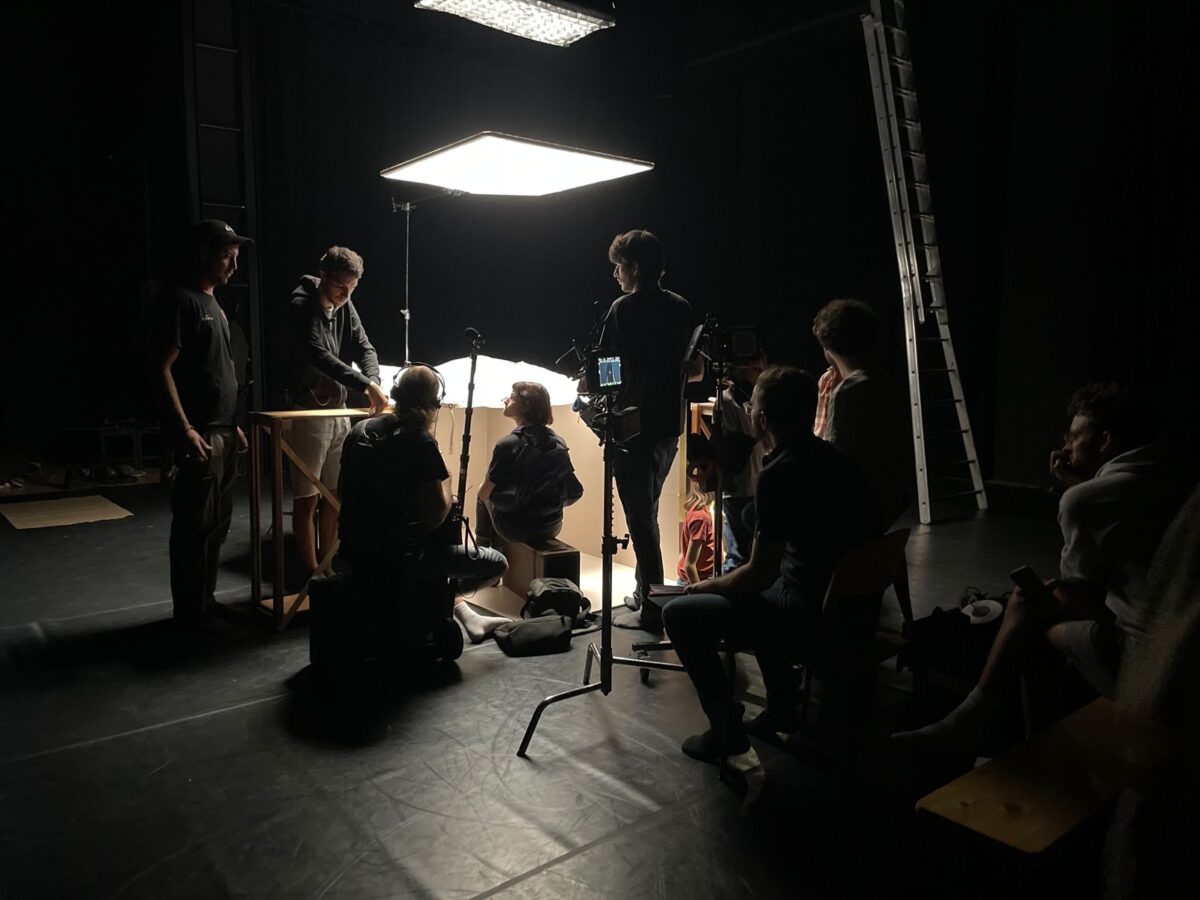
All of the movie was very challenging to realise for Saerens. However, one of the most challenging aspects of the production was how to approach the lighting. “We had few sources, so it was about knowing how the light got in the locations. I spent a lot of time on the locations before the shooting to understand where we could shoot and when the light was the most interesting,” says Saerens. “In the kitchen, we had a 4K HMI outside to have one big direction of light and, as we shot with children, it allowed me more flexibility. With Julien de Keukeleire, we tried to reproduce some directions we could observe inside the house, but we wanted to have more contrast.”
“All the inside night sequences were shot during the day. We tried to create a dawn ambiance with Astera tubes at the ceiling. But the ceiling was very low so the difficulty was to shape this very soft light that you can see during the sunset.”
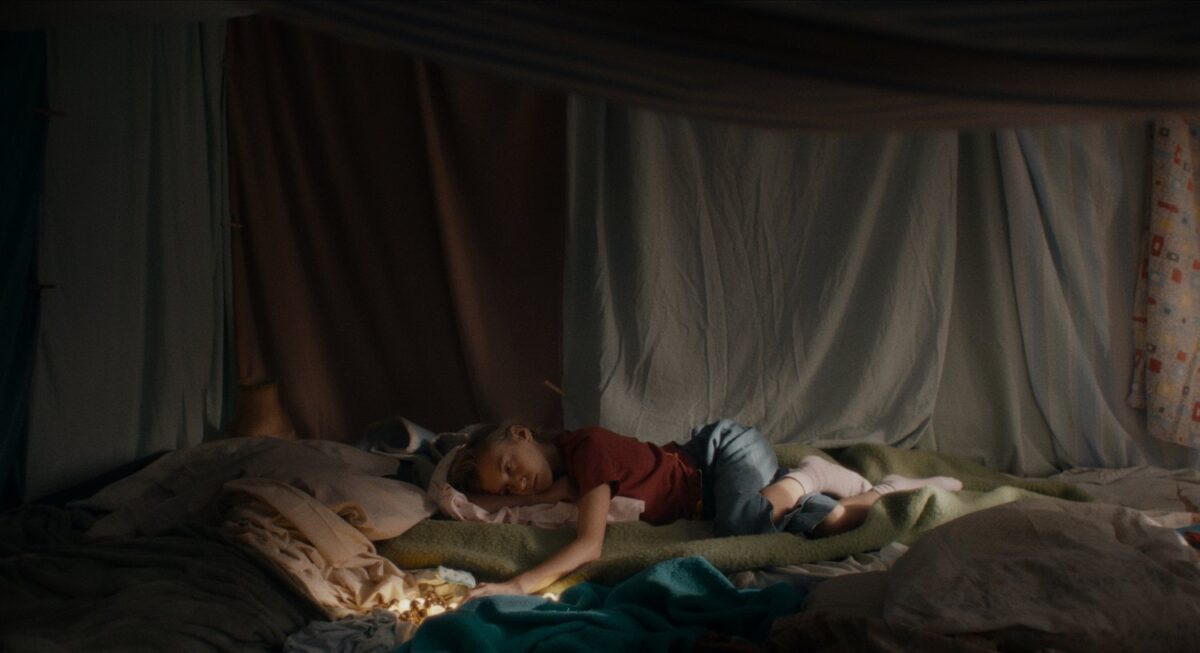
“For the outdoors shots and sequences, we had only one hour to shoot scenes during the sunset,” she continues. “We did a lot of rehearsals before the shooting. Sometimes we had only one hour to shoot around ten shots. That was very challenging for me as well. With Yasmin Bennafla, the key grip, we found a comfortable way to hold the camera, using mostly la bouée and an easy rig when the frame had to be more stable. It was easy to change the position of the camera and follow the children.”
The colour grading was important to bring a worrying atmosphere to the movie. “We talked a lot about tones with Thomas Bouffioulx, and we took some photographs of Todd Hido as an example for it,” details Saerens.
Having worked with a cast of children for the music video and their short film collaboration, the prospect of doing so again for a feature film wasn’t so daunting. “Michele and I had already shot with Michele’s daughter in the short movie, Liocha. In this movie, her second daughter, Iris, is acting. During preparation I showed the children the camera. That was a way for me to test the lenses and to interact with them. They get used to the gear,” says Saerens. “I also did some shopping with Michele and the children as we wanted to buy the costumes. This was a way for me to spend time with the children before shooting, to get used to their way of behaving also. I had the opportunity to understand how they reacted. It was a really small crew on the sets, and I was very close to Iris, the main actress. As we worked mainly with daylights, we didn’t use too much gear on set. It was a good way to work very lightly and not be too invasive.”
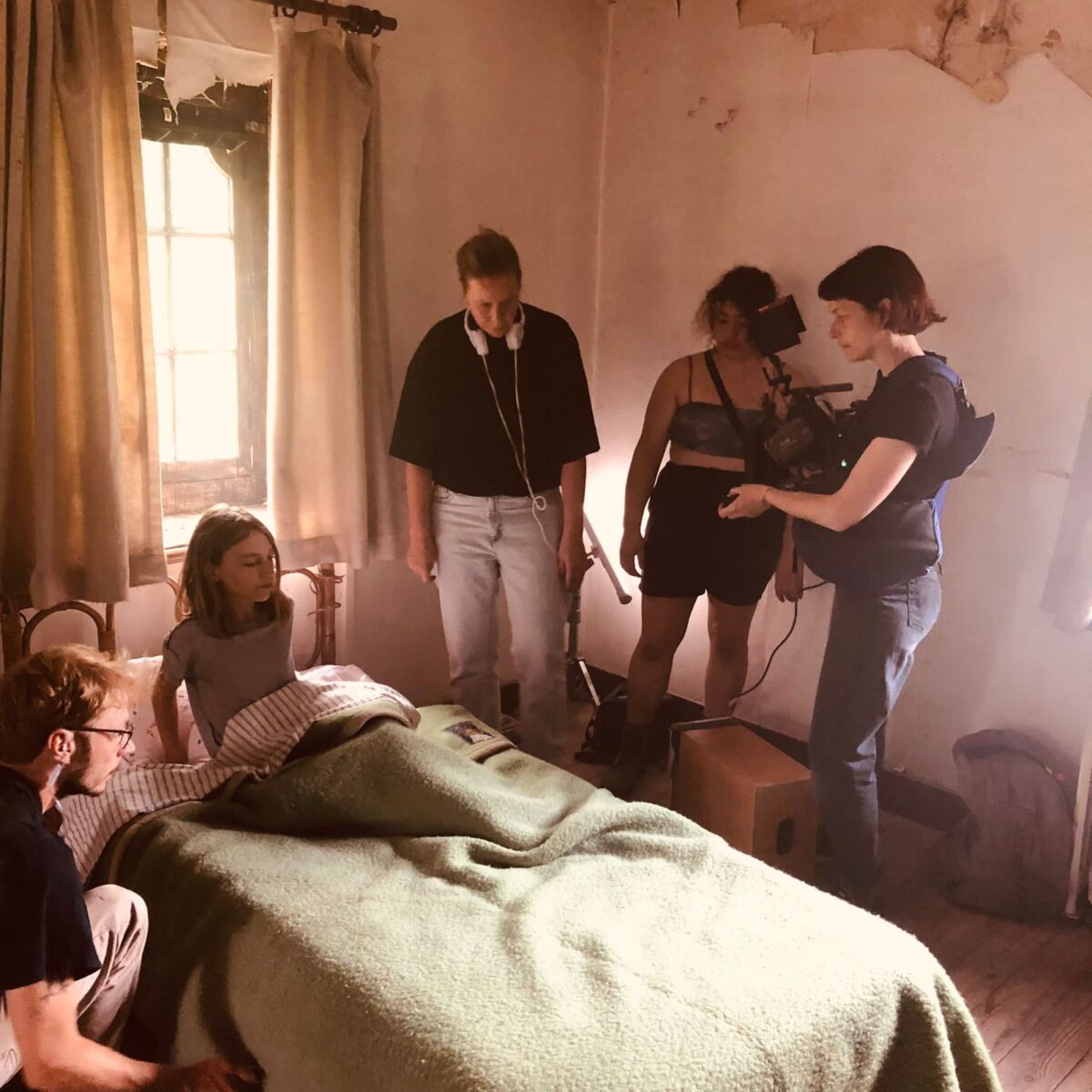
Finding a location for the main setting was a long process. “As we didn’t have a lot of set designing, we chose to work in the location and it had to participate completely with the artistic direction. Catherine Cosme proposed the perfect decor, that already offered a great look. It was quite empty, but we wanted to frame this emptiness. We thought it could be quite interesting to have all those empty places and spaces. It took a lot of time to find the main location, but it was really worth it because the colours and textures were really interesting. Once we had the location, we validated the costumes with Frédéric Denis, to match with the colours.”
The overall shoot lasted for only 23 days. “It was not enough time of course and we had to shoot a lot of things during the day and it’s also why I shot everything on my shoulder, in order to be very fast and efficient,” explains Saerens. “For that, we had a lot of prep and conversations, where we needed to be nervous, or quiet. We built all the language and possibilities we could have about shooting on the shoulders. We chose to open the diaphragm on some specific shots. It brought something more nervous to some sequences. I operated the camera myself and it was quite easy for me as I knew how the light would be in each location. I framed where it was more beautiful with the natural light.”
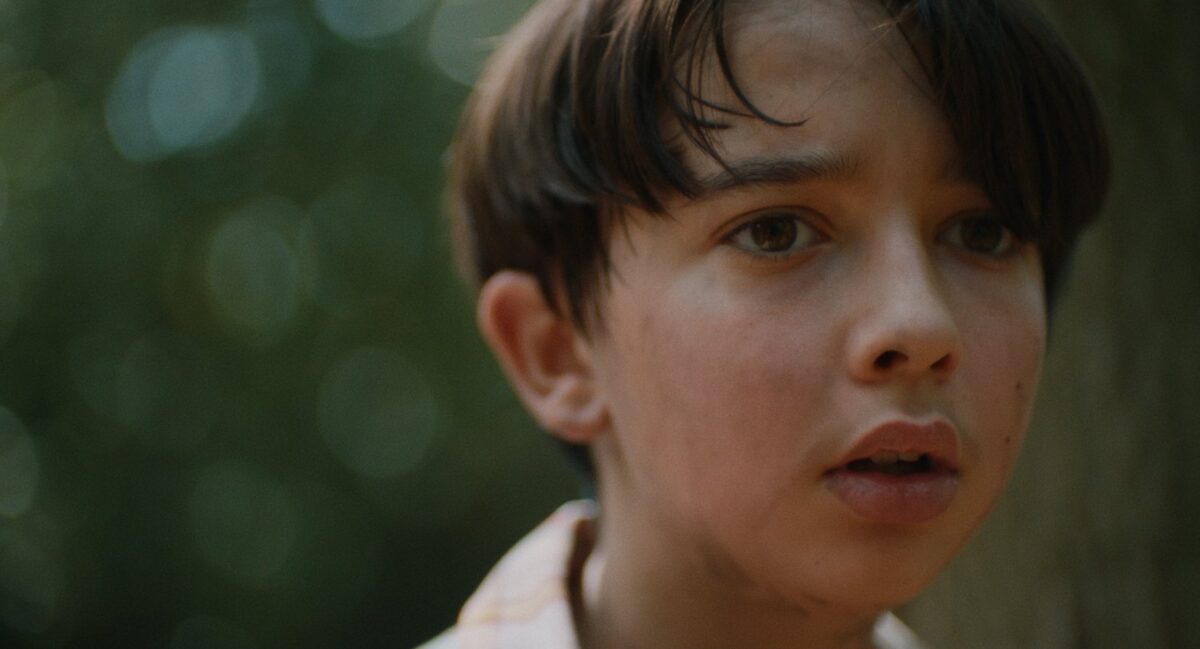
“I think I could say what I enjoyed the most is the continual collaboration with Michele because we have a good working relationship. Through her different movies and projects, we are trying to build a language and to push it. I really like this way of working with a director. She’s developing it through her projects and I would love to keep working and go further,” Saerens concludes.
By Oliver Webb
“LOST CHILDREN” a film cinematographed by Nastasja Saerens (SBC) & directed by Michèle Jacob from SBC on Vimeo.
